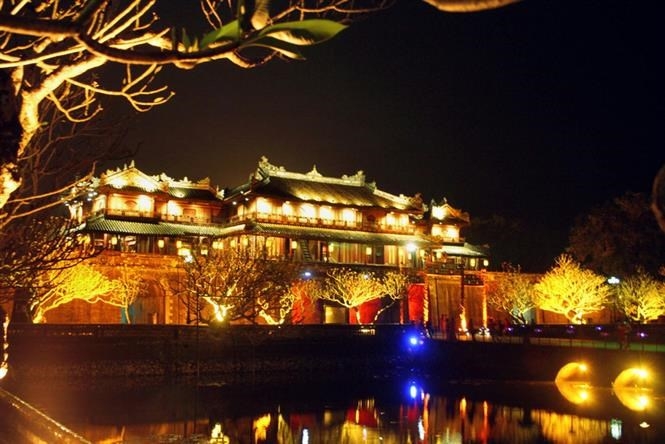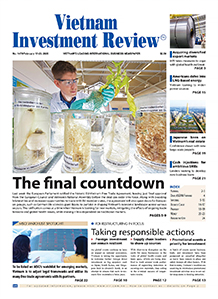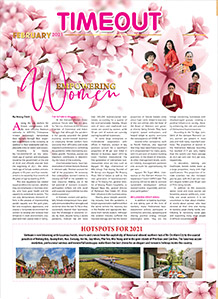UNESCO-recognised heritage elements in Vietnam
Vietnam has so far earned UNESCO recognition for 17 world cultural heritages, ranking first in Southeast Asia.
 |
| Artists perform “Tu phu” ( Four Palaces), re-enacting Vietnam’s traditional religious practice of worshipping mother goddesses which was recognized by the UNESCO as an Intangible Cultural Heritage of Humanity in 2016 |
 |
| Ca Tru singing, an ancient genre of chamber music featuring female vocalists was inscribed on the UNESCO-recognized list of Intangible Cultural Heritage |
 |
| Domestic and foreign tourists visit Hoi An Ancient Town, a World Cultural Heritage Site in the central province of Quang Nam |
 |
| The Saint Giong Festival is the only traditional festival in Vietnam recognized as an Intangible Cultural Heritage of Humanity by UNESCO |
 |
| Hue Imperial Citadel was recognized as World Cultural Heritage Site by UNESCO in 1993 |
 |
| The art of Don ca tai tu music and song in southern Vietnam was inscribed on UNESCO’s Representative List of Intangible Cultural Heritage of Humanity in 2013 |
 |
| Quan ho (love duet) singing was inscribed in the UNESCO’s representative list of intangible cultural heritage in September 2009 |
 |
| Nha nhac (Hue’s royal court music) represents the first intangible legacy of Vietnam to have been put on the list of oral and intangible heritage of humanity |
What the stars mean:
★ Poor ★ ★ Promising ★★★ Good ★★★★ Very good ★★★★★ Exceptional
Related Contents
Latest News
More News
- Military parade held to celebrate National Reunification Day (April 30, 2025 | 11:00)
- Symbols of Ho Chi Minh City beneath the "Wings of Steel" (April 28, 2025 | 18:40)
- Ho Chi Minh City: A modern urban metropolis after 50 years of reunification (April 21, 2025 | 08:56)
- Tan Son Nhat T3 officially open for commercial flights (April 17, 2025 | 15:03)
- Armed forces rehearse for 50th anniversary of reunification (April 14, 2025 | 12:30)
- Ho Chi Minh City lights up for 50th anniversary of reunification (April 11, 2025 | 17:03)
- Explore a green university campus like a five-star resort in northern Vietnam (April 01, 2025 | 19:00)
- Ho Chi Minh City Metro Line No. 1 officially opens (December 23, 2024 | 14:39)
- Honouring consulting firms with outstanding strategies and M&A deals (November 29, 2024 | 14:32)
- 45 enterprises honoured for sustainable development contributions (November 17, 2024 | 10:00)

 Tag:
Tag:





















 Mobile Version
Mobile Version